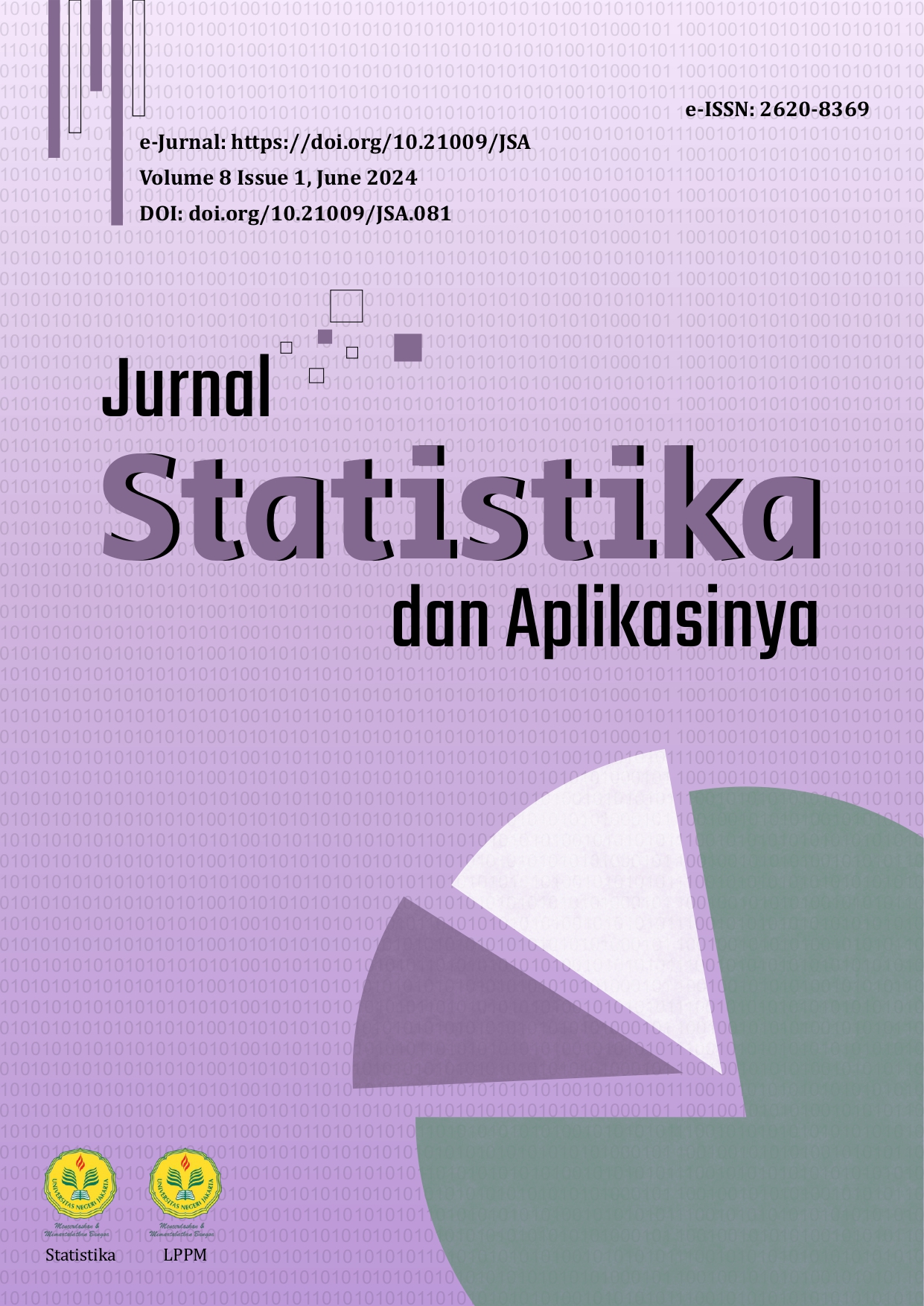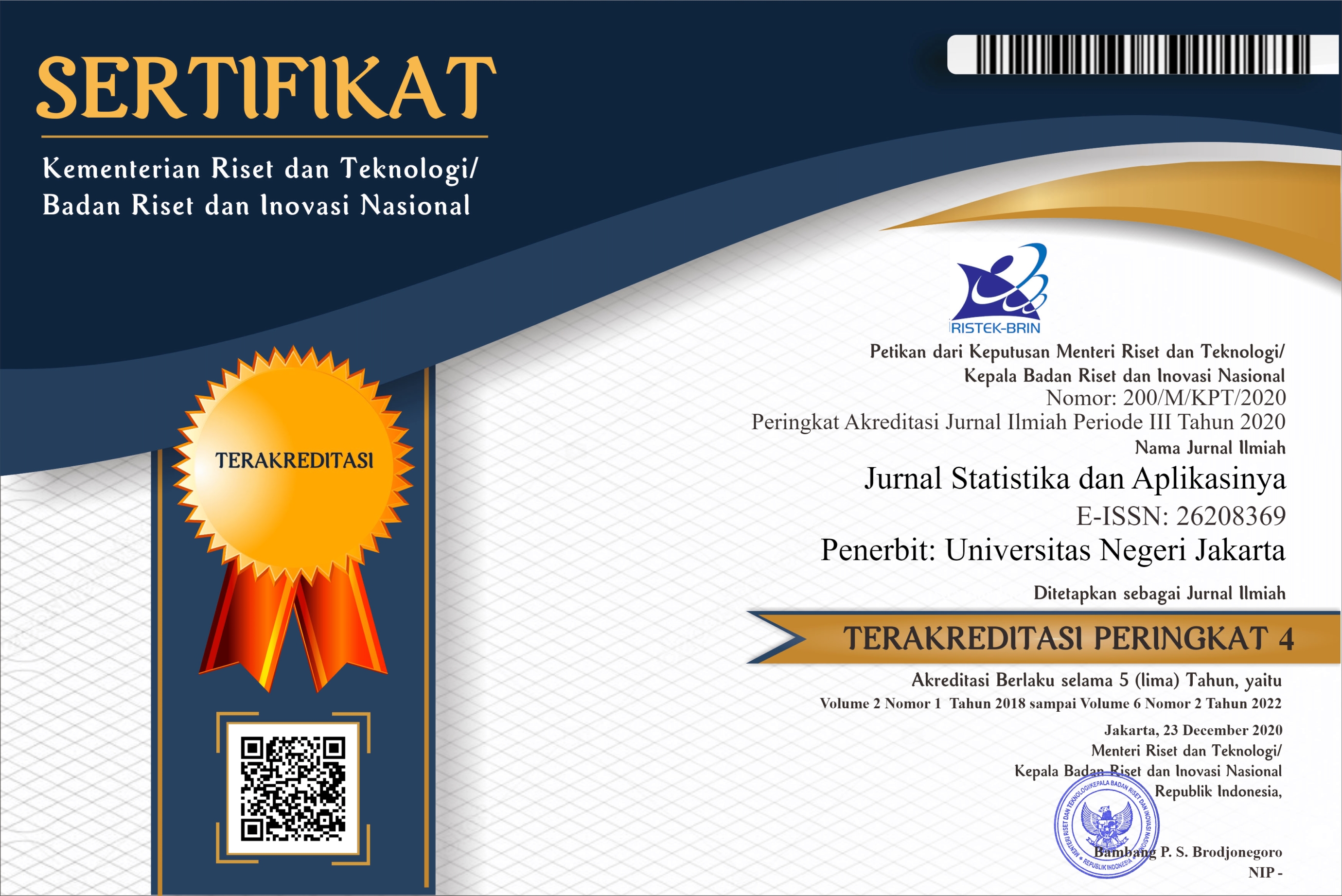Mapping Domestic and Foreign Tourists in East Java Using C-Means Clustering
DOI:
https://doi.org/10.21009/JSA.08105Keywords:
C-Means, Clustering, Tourists, East JavaAbstract
Tourism is a priority sector identified by the government for its potential to drive economic growth, job creation, community development, and regional progress. Although significant, it still requires a detailed mapping of tourist visit patterns to optimize regional tourism potential. This study uses the C-Means Clustering method to categorize districts and cities in East Java based on the number of domestic tourists and foreign tourists. Data from 2018 to 2022 is used to identify different patterns and groups. The methodology involves clustering the data based on similarities in the number of visitors, which provides insight into regional tourism dynamics. The results revealed three main groups of domestic tourists: high, medium, and low-visitation regions. For foreign tourists, five groups were identified, reflecting variations in the level of tourist visits. These groups help understand the distribution and concentration of tourists in different regions, which is important for targeted promotion strategies and efficient resource allocation. A limitation of this study is that it does not go deeper into external factors affecting tourism, such as the COVID-19 pandemic. The originality of this research lies in the application of the C-Means Clustering method to map domestic tourists and foreign tourists in East Java not simultaneously, thus providing valuable insights for policymakers and industry stakeholders to encourage collaboration and innovation in the tourism sector.






